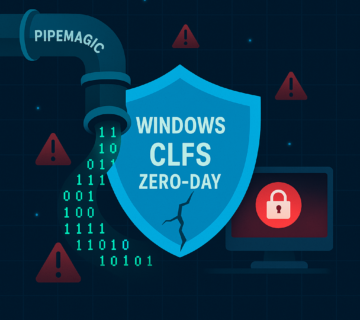
PipeMagic Trojan Exploits Windows CLFS Zero-Day Vulnerability to Deploy Ransomware
A newly discovered critical vulnerability, CVE-2025-29824, in the Windows Common Log File System (CLFS) is being actively exploited by the PipeMagic trojan to conduct ransomware attacks across various global industries. This zero-day flaw allows attackers to gain SYSTEM privileges, enabling them to deploy ransomware, such as RansomEXX, and encrypt data. While Windows 11 version 24H2 is not affected, Microsoft has released a patch and advises immediate updates. The attacks involve malicious payloads downloaded from compromised websites, and organizations are urged to implement security best practices to mitigate this ongoing threat, with companies like Technijian offering specialized defense services.
... Read More